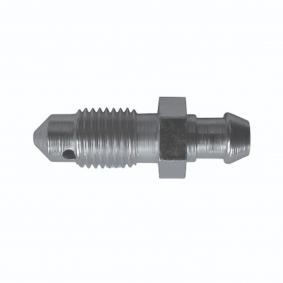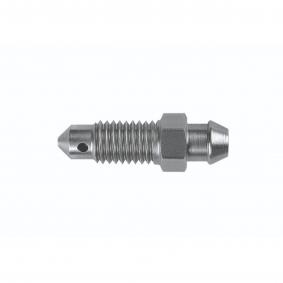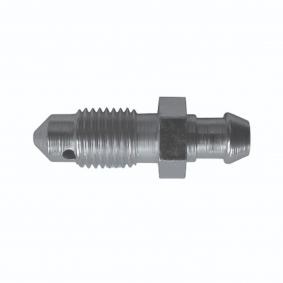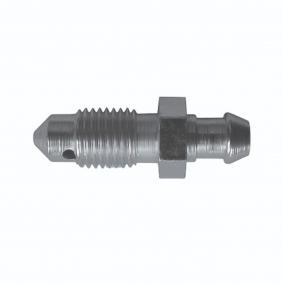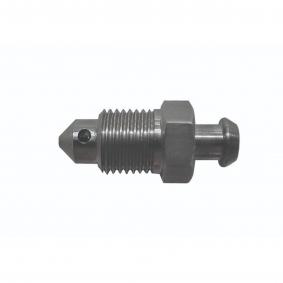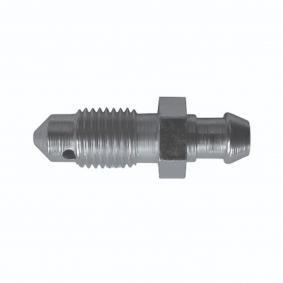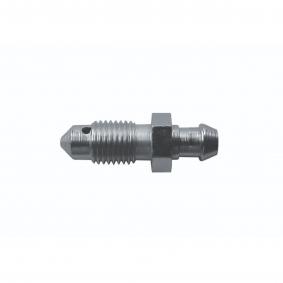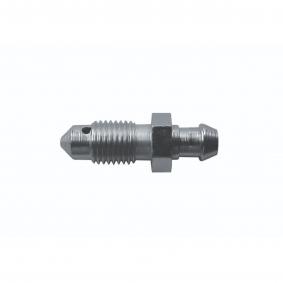PAGID
Brake Pads Shape n°4122 Compound RSH29E
PAGID Brake Pads Shape n°4122 Compound RSH29E
The RSH29E is excellent for endurance racing with historic cars. It convinces with its long pad and disc life and requires less pedal effort during the race. A further advantage is the constant friction level over a wide range of temperatures.
Typical purposes are GT and Touring cars in endurance races. Due to its friction level you can also use it in sprint races as well.
All PAGID products are made in Germany!
Length x Width : 55,4 mm x 54 mm
Thickness : 14,7 mm
Car applications, dimensions and pad schemes are supplied as a guide. Please check your assembly before ordering
Front brake pads for :
DKW F12 (years 1963 à 1965)
Glas G/04 Type (years 1963 à 1969)
NSU Prinz 1000 TT/TTS (years 1965 à 1972)
Talbot Simca 1000 Rallye I (years 1969 à 1981)
Rear brake pads for :
Alfa Romeo Giulia 1.3/1.6 (years 1966 à 1976)
Alfa Romeo Sprint GT 1600 (years 1963 à 1966)
BMW 3.0 CSL E9 (years 1971 à 1975)
Glas 2600 GT/3000 GT (years 1965 à 1969)
Glas G/04 Type (years 1963 à 1969)
Porsche 356 1.6 C/SC (years 1963 à 1966)
Porsche 904 Carrera GTS + 904/6 (years 1963 à 1965)
Porsche 911 2.0 (years 1965 à 1969)
Porsche 912 (years 1965 à 1970)
Porsche 914/4 (years 1970 à 1972)
Saab 99 (years 1967 à 1974)
On vehicle bedding-in procedure:
Step 1 - Breaking-in
Creating a perfect contact-pattern between rotor and brake pad surface.
10 stops with mid pressure and low temperature from 150 km/h (90 MPH) to approximately 80 km/h (50 MPH).
Step 2 - Heating-up
Warm up in order to initiate some core heat in the whole brake system.
A sequence of 5 stops with medium to high pressure from 180 km/h (112 MPH) to approximately 60 km/h (40 MPH) with maximum acceleration between the stops.
Step 3 - Recovery Stops
3 to 5 stops with mid pressure from 150 km/h (90 MPH) to approximately 80 km/h (50 MPH).
The RSH29E is excellent for endurance racing with historic cars. It convinces with its long pad and disc life and requires less pedal effort during the race. A further advantage is the constant friction level over a wide range of temperatures.
Typical purposes are GT and Touring cars in endurance races. Due to its friction level you can also use it in sprint races as well.
All PAGID products are made in Germany!
Length x Width : 55,4 mm x 54 mm
Thickness : 14,7 mm
Car applications, dimensions and pad schemes are supplied as a guide. Please check your assembly before ordering
Front brake pads for :
DKW F12 (years 1963 à 1965)
Glas G/04 Type (years 1963 à 1969)
NSU Prinz 1000 TT/TTS (years 1965 à 1972)
Talbot Simca 1000 Rallye I (years 1969 à 1981)
Rear brake pads for :
Alfa Romeo Giulia 1.3/1.6 (years 1966 à 1976)
Alfa Romeo Sprint GT 1600 (years 1963 à 1966)
BMW 3.0 CSL E9 (years 1971 à 1975)
Glas 2600 GT/3000 GT (years 1965 à 1969)
Glas G/04 Type (years 1963 à 1969)
Porsche 356 1.6 C/SC (years 1963 à 1966)
Porsche 904 Carrera GTS + 904/6 (years 1963 à 1965)
Porsche 911 2.0 (years 1965 à 1969)
Porsche 912 (years 1965 à 1970)
Porsche 914/4 (years 1970 à 1972)
Saab 99 (years 1967 à 1974)
On vehicle bedding-in procedure:
Step 1 - Breaking-in
Creating a perfect contact-pattern between rotor and brake pad surface.
10 stops with mid pressure and low temperature from 150 km/h (90 MPH) to approximately 80 km/h (50 MPH).
Step 2 - Heating-up
Warm up in order to initiate some core heat in the whole brake system.
A sequence of 5 stops with medium to high pressure from 180 km/h (112 MPH) to approximately 60 km/h (40 MPH) with maximum acceleration between the stops.
Step 3 - Recovery Stops
3 to 5 stops with mid pressure from 150 km/h (90 MPH) to approximately 80 km/h (50 MPH).
Ref.: PFPA4122RSH29E
See all the Brake pads PAGIDSee all PAGID products| Homologation | Non homologuée route |
|---|---|
| Oreca Reference | PFPA4122RSH29E |
| Manufacturer's reference | S4122H29E01 |
| Brand | PAGID |


